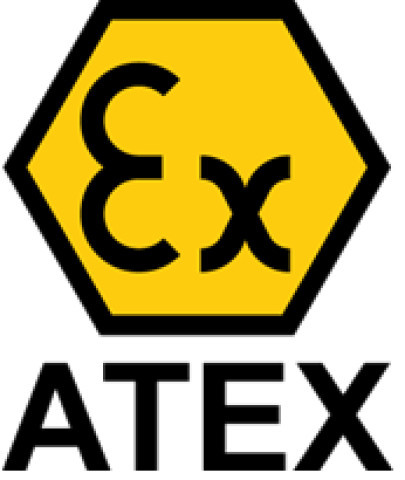
31 October 2019
The
importance of ATEX

Sadly, you don’t have
to look far to find proof of how vital ATEX regulations are to modern-day
industry. As the two European Directives that govern the management of
explosive atmospheres, ATEX covers the minimum requirements for improving the health and safety
protection of workers, as well as the equipment and protective systems used in
such environments.
Earlier this year in
Stamford, Connecticut, exothermic dust caused an explosion
at a wastewater plant,
injuring three workers. Closer to home, Spanish-owned Celsa Steel has just been
fined £1.8 million after a blast caused by a failed safety
mechanism killed two workers and injured five others at its Cardiff-based plant in 2015. The firm
pleaded guilty to failing to make suitable and sufficient assessment of risks
under the Health and Safety at Work Act.
ATEX exists to
minimise the risks posed by working in these kinds of potentially explosive
atmospheres, making it an essential safety measure.
What makes an atmosphere explosive?
ATEX is part of the
wider Dangerous Substances and Explosive Atmospheres Regulations 2002 (DSEAR). Under
DSEAR, an explosive atmosphere is defined as “a mixture of dangerous substances
with air, under atmospheric conditions, in the form of gases, vapours, mist or
dust in which, after ignition has occurred, combustion spreads to the entire
unburned mixture” (hse.gov.uk).
Further to this,
atmospheric conditions are generally thought of as “temperatures of –20°C to
40°C and pressures of 0.8 to 1.1 bar”.
There are many
industries that create atmospheres such as this, including that of bulk
logistics. Specialist sector areas like oil and gas, chemical logistics and waste logistics all involve activities that produce flammable
and explosive working environments, thanks to their proximity to petrol, LPG,
solvents, liquid waste and dust.
What are a business’s
responsibilities when it comes to ATEX?
All organisations
whose operations could create explosive atmospheres must eliminate or control the
risks. This requires a detailed ATEX risk assessment, which should include:
-
Identifying work areas where hazardous dangerous
explosive substances are used, stored and handled
-
Considering whether the dangerous substance could
be released
-
Considering whether there are any ignition
sources present
-
Assessing the impact of a fire or explosion
In areas where
potentially explosive atmospheres are identified, employers must specify the
level of risk by assigning each area a zone classification, based on the how
likely an accident could be, how often the explosive atmosphere is present and
how long any reaction would last if it was to occur.
For example, one of
the most dangerous zoning classifications is Zone 0, which refers specifically
to gases, vapours and mists directly relevant to oil and gas platforms,
drilling rigs and storage facilities. Zone 0 signifies an area in which an
explosive atmosphere, consisting of dangerous substances in the form of gas,
vapour or mist mixed with air, is present continuously, for long periods or
frequently. There’s more information on ATEX zoning on the Health and Safety Executive (HSE)
website.
Zoned areas should be
clearly denoted with official signage and any workers required to enter and/or
work in these areas must be trained to do so safely. Before any work takes
place there for the first time, each zoned area must be independently verified
as safe by an individual or organisation qualified to assess the standard of
the ATEX measure put in place. You must also provide workers with suitable
anti-static clothing when entering zoned areas, such as anti-static footwear. Whatever
ATEX procedures you put in place, you should record your measures in an
Explosion Protection Document (EPD).
How can a bulk logistics optimisation
solution support ATEX?
Workers and drivers
operating in the field need digital backup, even in potentially explosive
atmospheres. In the same way that you can’t use your mobile phone while
refilling your car at a petrol station, standard mobile devices cannot be used
in ATEX zoned areas. ATEX applies to any equipment intended for use in
explosive atmospheres, electrical or mechanical, which includes in-vehicle
mobile computers.
At Touchstar, we
provide a range of ATEX certified mobile computers to our bulk logistics customers, ensuring
their operations remain legally-compliant and as safe as possible, while also
enabling their teams to stay connected to base. With ATEX certified mobile
devices, you and your drivers and operatives benefit from all the
productivity-boosting features of a digital management system, even in
hazardous working environments, without the risk. Want to know more about our
ATEX certified mobile computers for bulk logistics? Get in touch with us today.